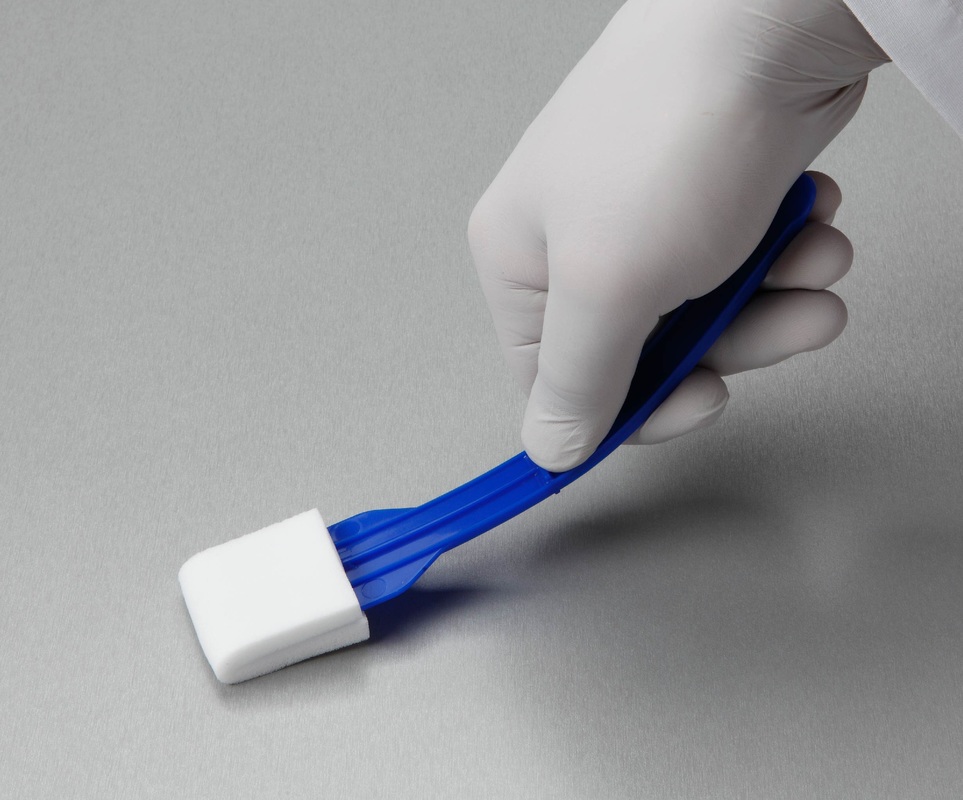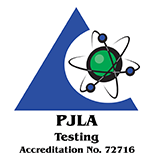Environmental swabbing of production facilities serves various purposes (i.e. regulatory, risk management, sanitation verification, routine monitoring, investigations, customer requirements, etc.), and swabs may be analyzed for various organisms (aerobic bacteria, yeasts & molds, total coliforms & E. coli, Pseudomonas) depending on the purpose and desired goal.
For example, it would be most appropriate to analyze swabs for aerobic bacteria if sanitation verification is the goal. If, however, an investigation is being conducted due to premature product spoilage, it would be appropriate to also check for spoilage or indicator organisms.
MBL provides environmental swabs to its Customers per request which contain 10 mL of a buffer to neutralize any chemical sanitizers that may be present. After receipt at the laboratory, the environmental swab is mixed to homogenize and 1 mL from the original 10 mL is extracted and placed onto an appropriate agar plate. Results are typically reported CFU/swab according to the following equation:
Colony Forming Units (CFU) present on test x mL (10) neutralizing buffer in swab.
Table 1 shows
| Table 1: Converting Microbiological Environmental Swab Results & Suggested Limits | |||||
| 1) Post Sanitation Limit Indicator Organisms | 2) Post Sanitation Limit for Aerobic Bacteria | ||||
| A. CFU in 1 mL: | ND | 1 | 10 | 50 | 100 |
| B. CFU / Swab: | ND | 10 | 100 | 500 | 1,000 |
| C. CFU / 100 cm2: | <0.1 | 0.1 | 1.0 | 5.0 | 10 |
| D. CFU / 50 cm2: | <0.2 | 0.2 | 2.0 | 10 | 20 |
| E. CFU / 25 cm2: | <0.4 | 0.4 | 4.0 | 20 | 40 |
| ND = No analyte of interest detected; results are reported as less than (<) the detection limit. | |||||


